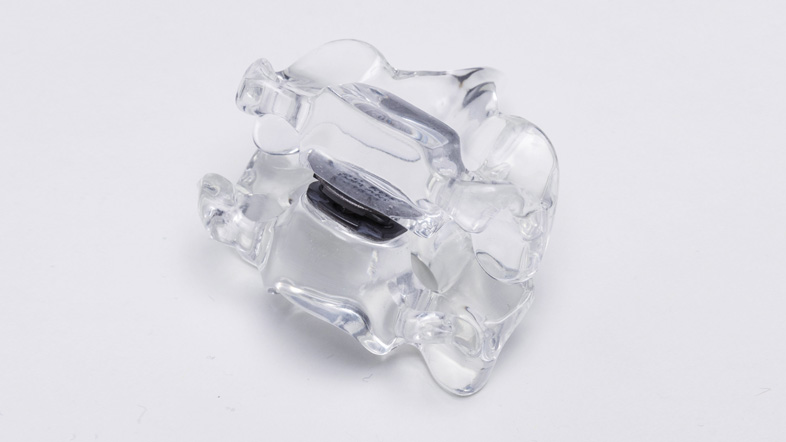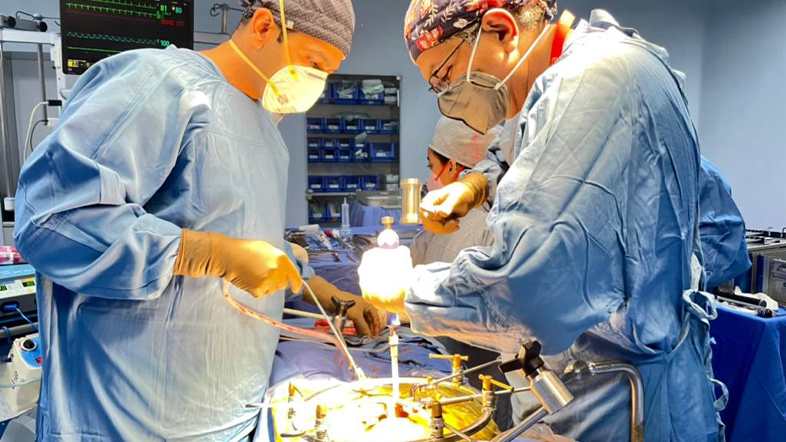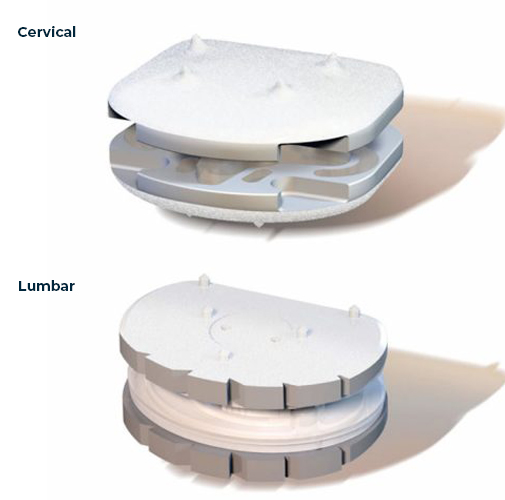When the scheduled date for the operation arrives, the protocols of our DLRS program for surgery are activated, which aim to facilitate this stage of the process.
The patient is admitted to the hospital on the day of the operation. They will need to abstain from eating or drinking anything for at least 6 hours prior to the scheduled surgery time. While waiting for the operation, the patient will be in a hospital room, where he or she can be accompanied by his family and friends.
After this, the patient will be taken to the surgical area where the anesthetist will ask them some questions and then the patient will be asked to sign an informed consent of the possible risks related to anesthesia.
Next, the operation, which usually lasts about an hour, will be performed by the spine surgeon at the lumbar or cervical level. Although it depends on each case, as a guideline, when the operation involves more than one level of spinal disc, each extra level takes about fifteen minutes more.
When the surgery is over, the patient is awakened in the operating room and transferred to a recovery area, where he is monitored for about two hours before being taken to their hospital room.
The discharge from the hospital will depend on each patient’s case. On the average, the patient stays for one day for cervical arthroplasty, and three days for lumbar arthroplasty.
It is totally normal for the patient to feel discomfort in the area of the surgical incision or in the cervical or lumbar area, but this will subside over the next few days.






